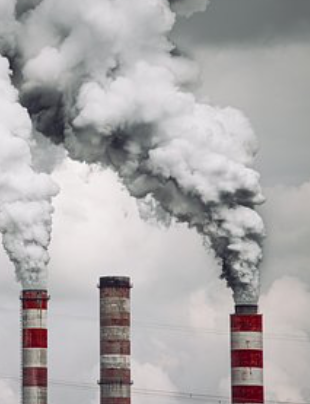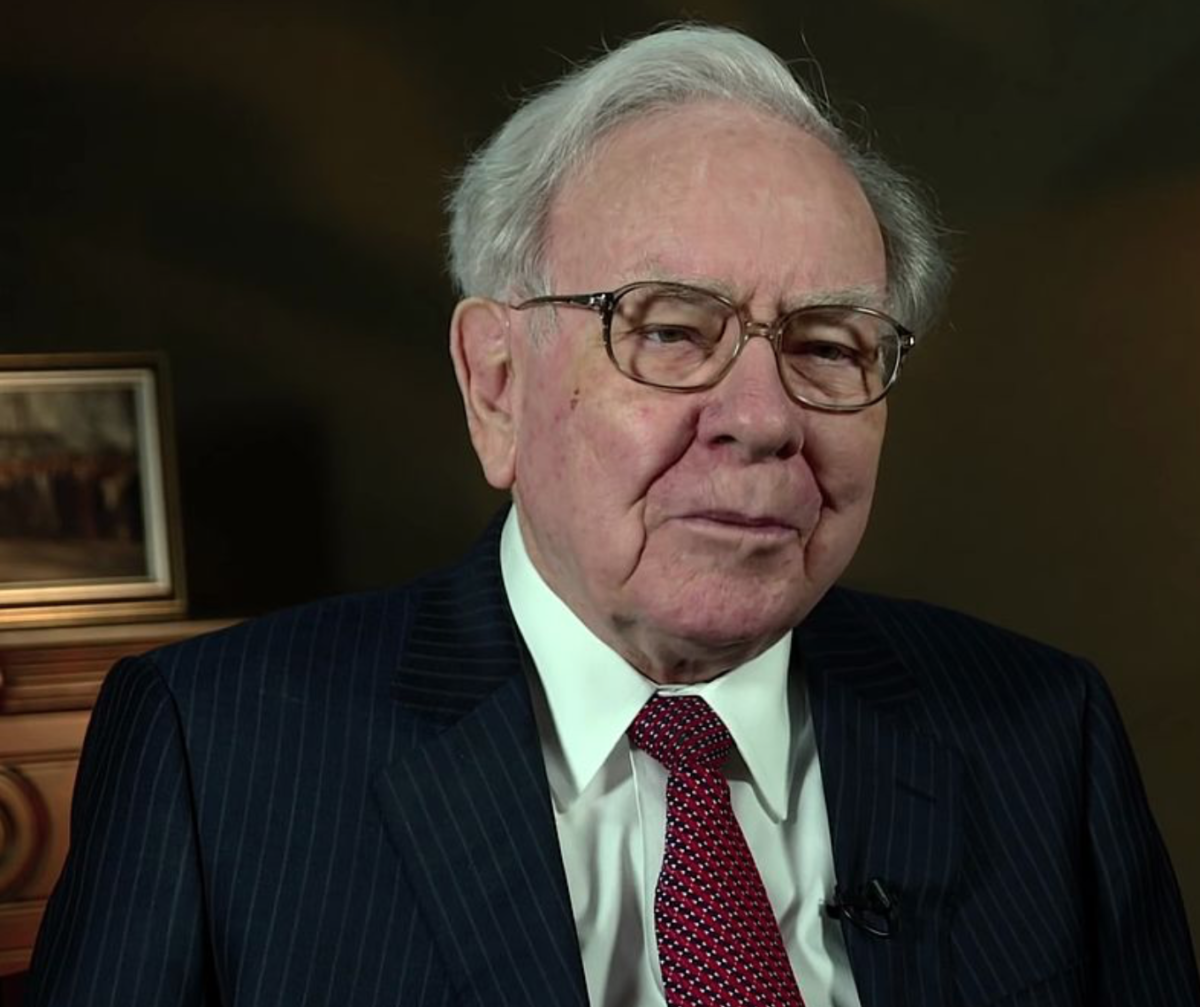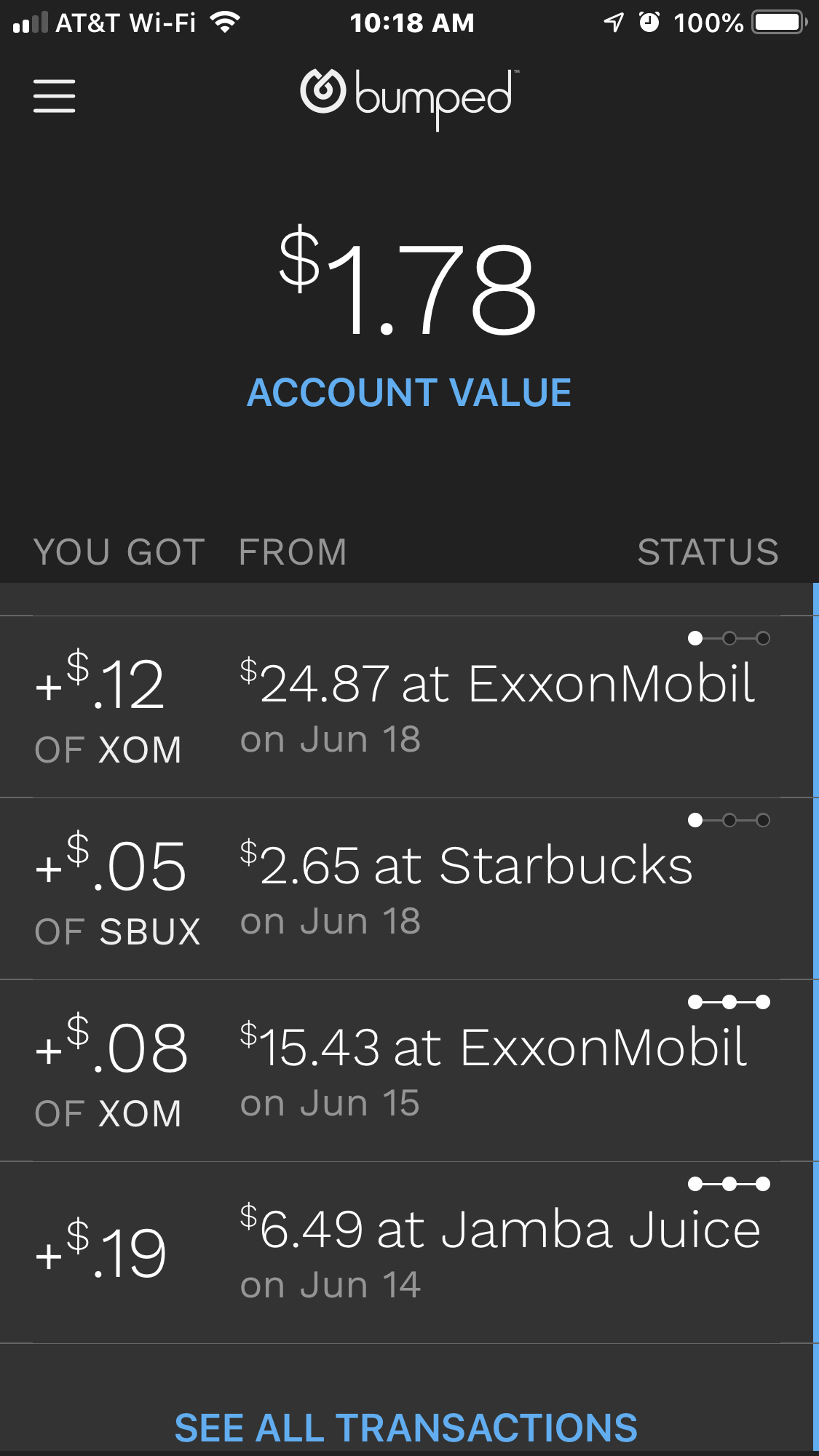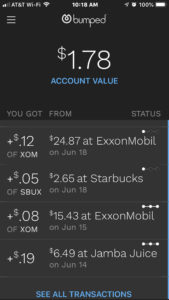by Fred Fuld III
Investing in high dividend stocks can be an attractive option for income-seeking investors, especially in uncertain economic times. Dividend-paying stocks offer the dual benefit of regular income and potential capital appreciation, providing a cushion during market volatility.
Given current economic uncertainties, such as inflation and interest rate fluctuations, high dividend stocks can act as a safer harbor for conservative investors looking to balance risk with reward. As companies with strong cash flow generation, they often maintain or grow dividends, offering a hedge against inflation. Among the 30 stocks that make up the Dow Jones Industrial Average, Chevron (CVX), Dow Inc. (DOW), and Verizon (VZ) stand out for their robust dividend yields, making them appealing choices for those seeking reliable income streams.
Chevron Corporation (CVX), one of the largest integrated energy companies in the world, currently offers a dividend yield of around 4.6%. As of the most recent financial data, Chevron has a market cap of approximately $257 billion and a trailing P/E ratio of around 14. Chevron’s strong dividend is backed by its solid cash flows, driven by its oil and gas production activities. Despite the energy sector’s volatility, Chevron’s disciplined capital spending and focus on shareholder returns have helped it weather periods of low oil prices. In 2023, Chevron’s earnings benefited from higher oil prices due to global supply constraints and growing demand, helping the company continue its record of paying dividends for over a century. Its forward-looking strategy of expanding into renewable energy while maintaining core oil and gas operations positions Chevron well for both stability and future growth.
Another top yielding Dow stock is Dow Inc. (DOW), a global leader in chemicals and materials, currently provides a dividend yield of around 5.6%. Dow’s market cap stands at roughly $35 billion, and it has a trailing P/E ratio of 35, but a very favorable forward P/E of 13.5. The company’s portfolio includes essential products in sectors ranging from packaging to construction, making it a critical player in various global supply chains. In recent quarters, Dow has seen some pressure due to softening demand in certain sectors, particularly housing and industrial production, leading to reduced earnings. However, the company remains committed to rewarding shareholders through dividends, supported by its ability to generate cash flow even in challenging environments. As the global economy stabilizes, Dow’s strong balance sheet and diversified product line should enable it to maintain its high dividend, while potential improvements in demand for its products could further support share price appreciation.
Verizon Communications (VZ), a giant in the telecommunications industry, is known for its reliable, income-generating potential, offering a dividend yield of about 6%. Verizon’s market cap hovers around $187 billion, and its trailing P/E of 17 and a forward P/E ratio of approximately 9. The company’s stock price has faced challenges in recent years due to stiff competition in the telecom space and increased capital expenditures related to 5G infrastructure rollout. However, Verizon’s stable, recurring revenue from its wireless and broadband services provides the financial flexibility needed to continue paying high dividends. With the ongoing expansion of its 5G network, Verizon aims to capitalize on new growth opportunities in areas like the Internet of Things (IoT) and edge computing. While growth may be moderate, Verizon’s consistent cash flow from its massive subscriber base should allow it to maintain its attractive dividend, making it an appealing choice for income-oriented investors.
In conclusion, investing in high dividend stocks like Chevron, Dow, and Verizon offers a compelling opportunity for income-focused investors. Each company has its own unique strengths and challenges, but their consistent cash flows, solid dividend yields, and market positions make them attractive options for those looking to balance income and growth potential in their portfolios. These stocks, while not without risks, provide a relatively stable investment in an increasingly uncertain market environment.
Disclosure: Author didn’t have any positions in any of the above at the time the article was written.







